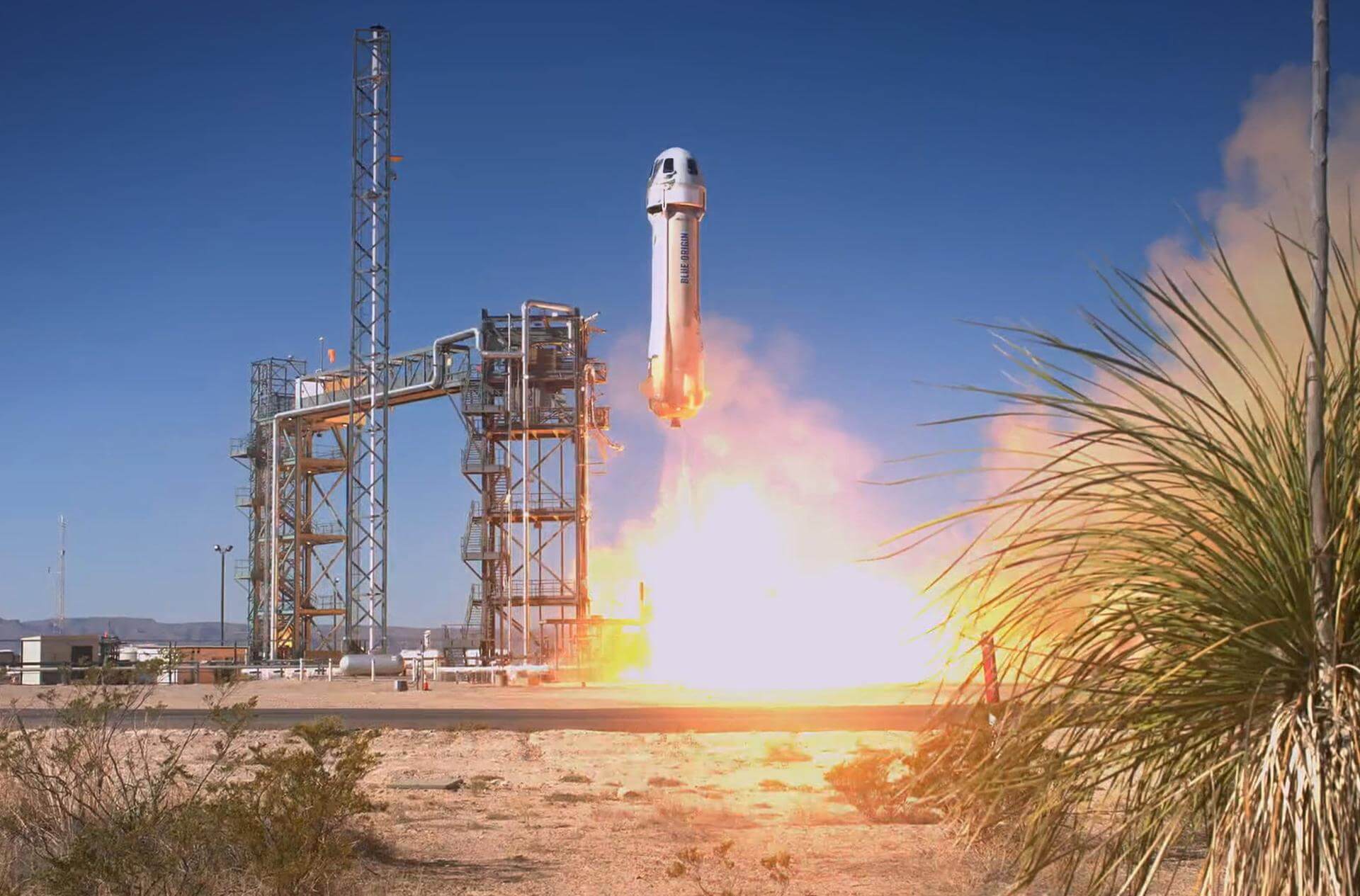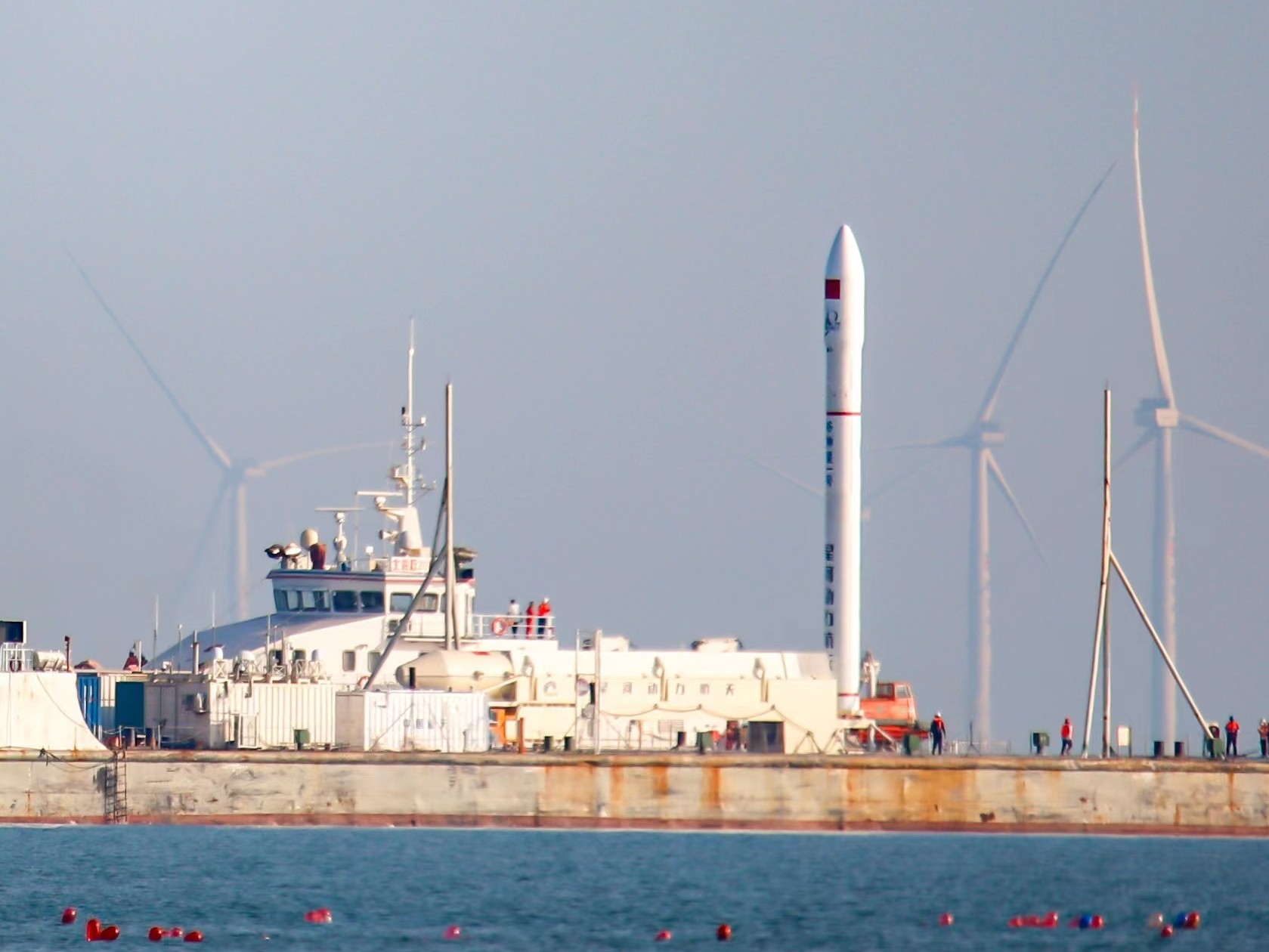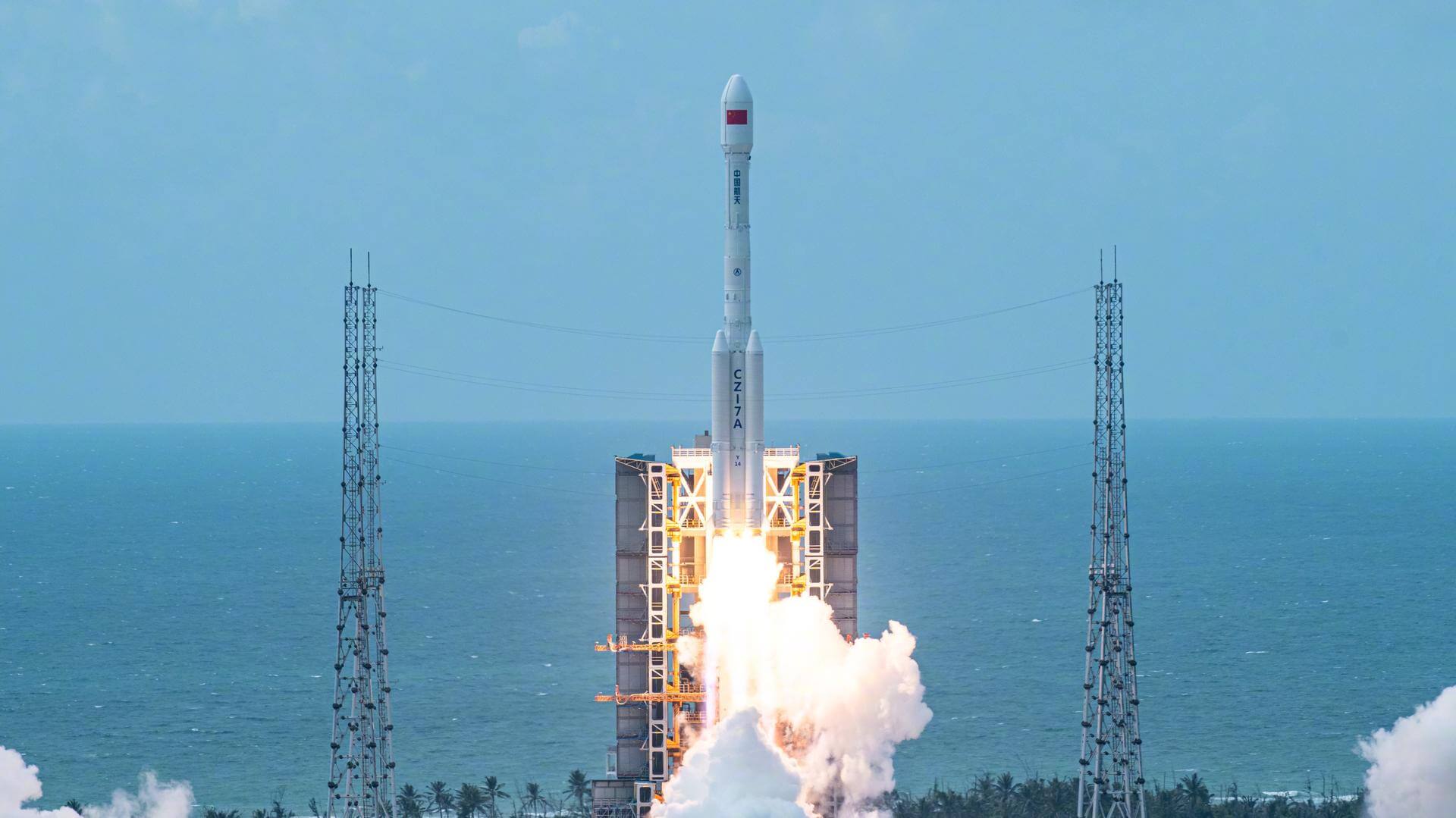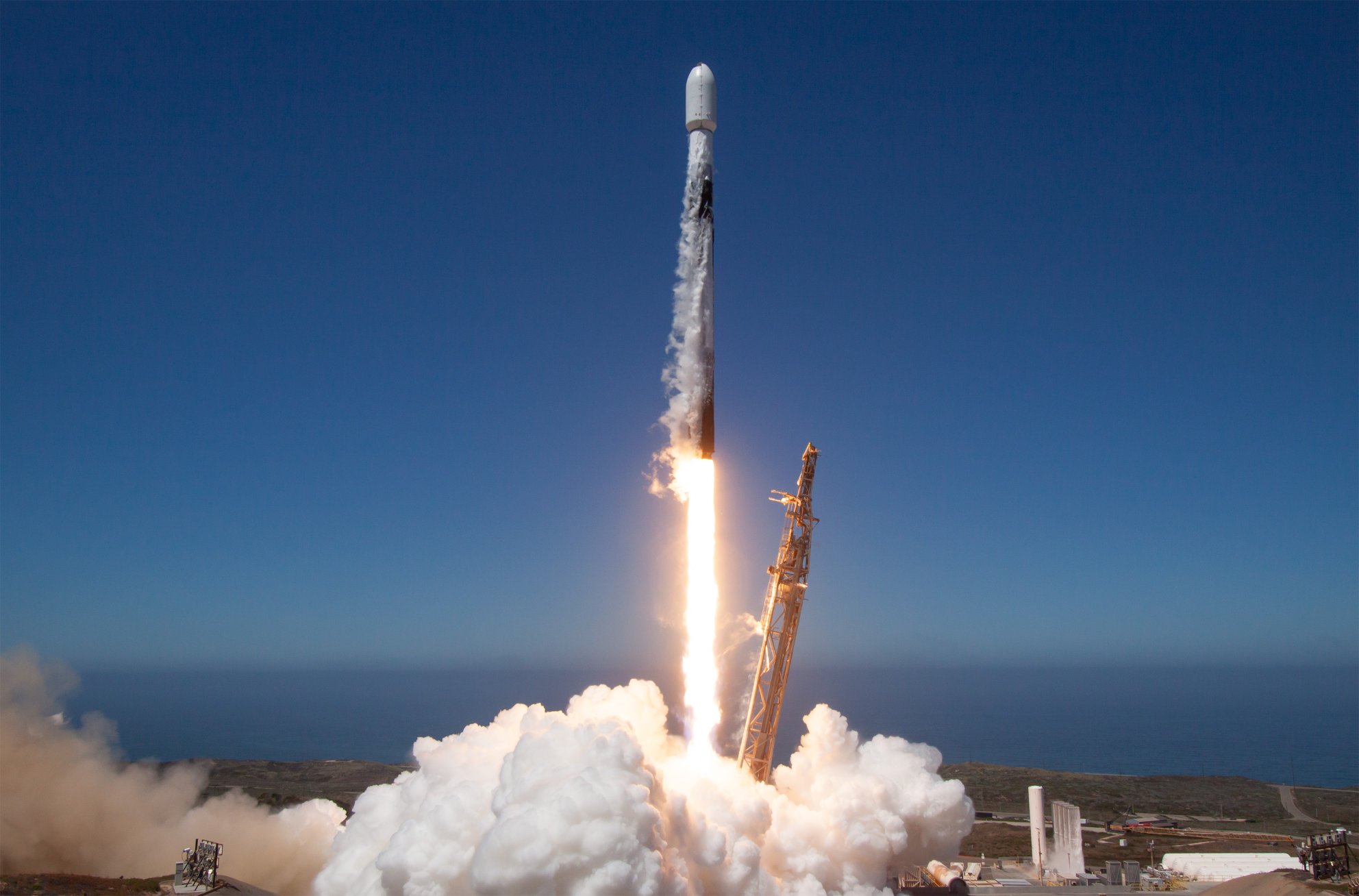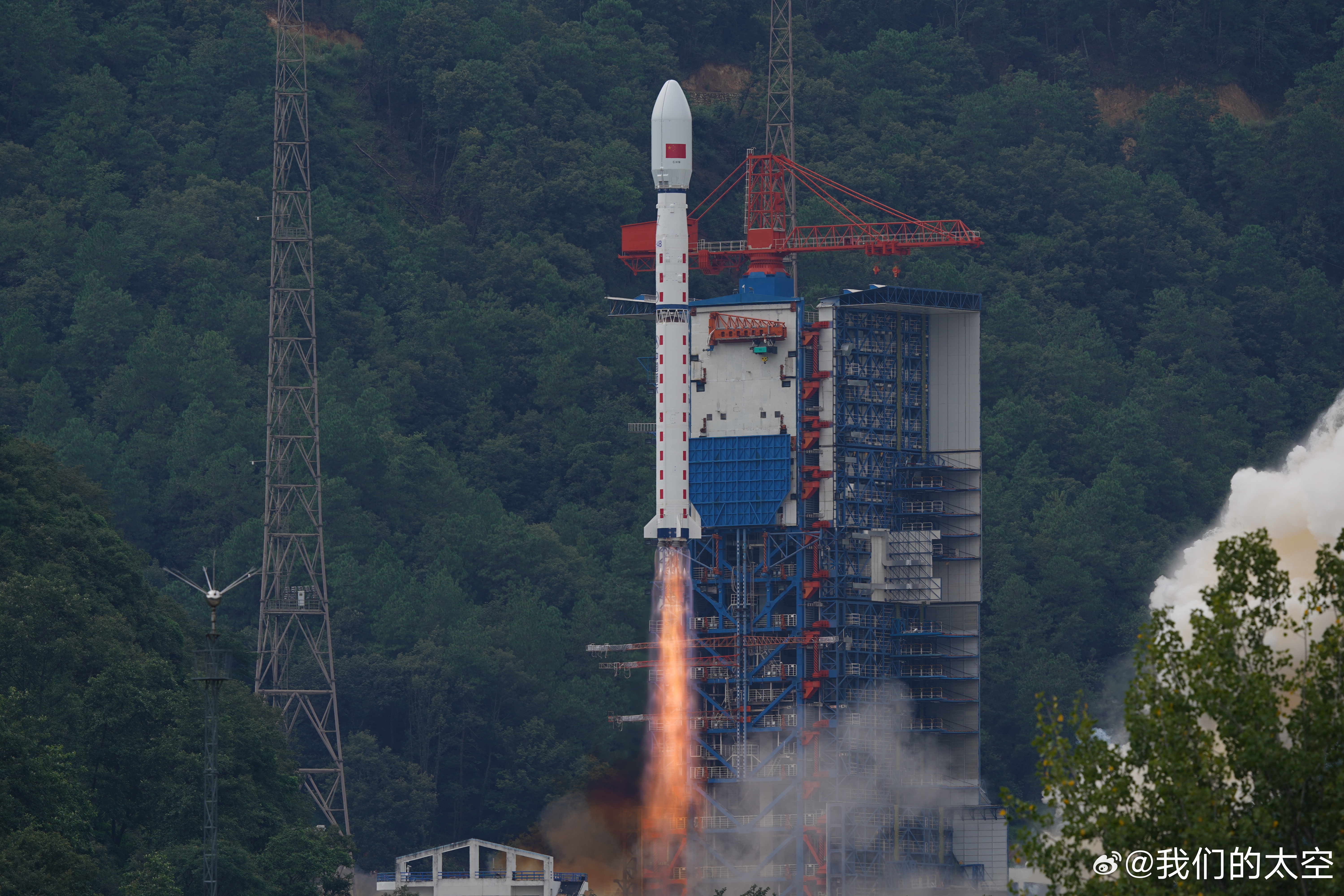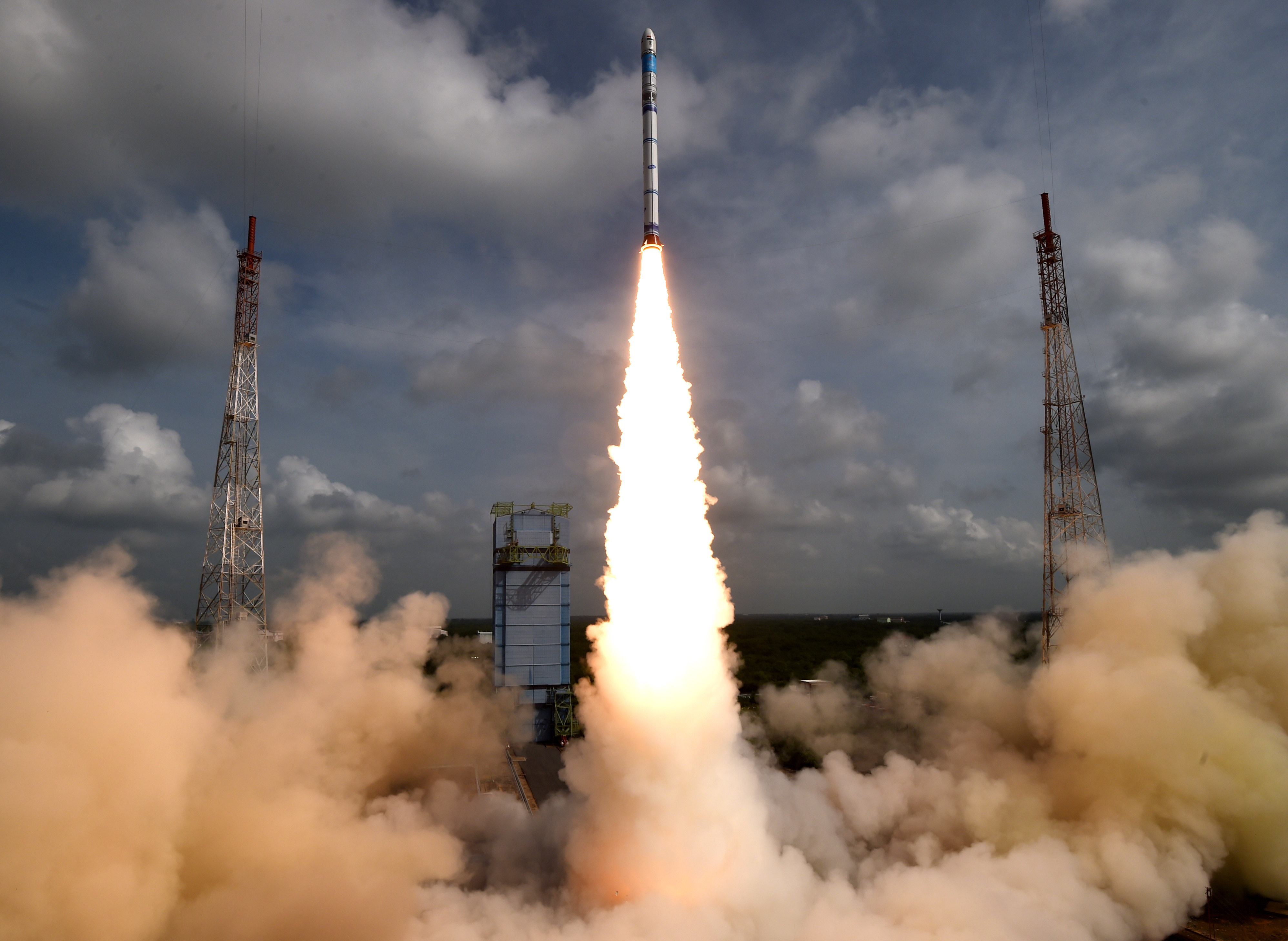Previous Spaceflight Launches
Filter by Agency, Locations or Vehicles
Show All LaunchesFalcon 9 Block 5 | Starlink Group 8-10
SpaceX | United States of AmericaCape Canaveral SFS, FL, USA
Aug. 31, 2024, 7:43 a.m.
New Shepard | NS-26
Blue Origin | United States of AmericaCorn Ranch, Van Horn, TX, USA
Aug. 29, 2024, 1:07 p.m.
Ceres-1S | 6 satellites
Galactic Energy | ChinaHaiyang Oriental Spaceport
Aug. 29, 2024, 5:22 a.m.
Falcon 9 Block 5 | Starlink Group 8-6
SpaceX | United States of AmericaCape Canaveral SFS, FL, USA
Aug. 28, 2024, 7:48 a.m.
Long March 7A | ChinaSat 4A
China Aerospace Science and Technology Corporation | ChinaWenchang Space Launch Site, People's Republic of China
Aug. 22, 2024, 12:25 p.m.
Falcon 9 Block 5 | Starlink Group 10-5
SpaceX | United States of AmericaCape Canaveral SFS, FL, USA
Aug. 20, 2024, 1:20 p.m.
Falcon 9 Block 5 | Transporter 11 (Dedicated SSO Rideshare)
SpaceX | United States of AmericaVandenberg SFB, CA, USA
Aug. 16, 2024, 6:56 p.m.
Long March 4B | Yaogan 43 Group 01
China Aerospace Science and Technology Corporation | ChinaXichang Satellite Launch Center, People's Republic of China
Aug. 16, 2024, 7:35 a.m.
SSLV | EOS-08/Microsat-2C
Indian Space Research Organization | IndiaSatish Dhawan Space Centre, India
Aug. 16, 2024, 3:47 a.m.
Status: Launch Successful
Mission:
Earth observation micro-satellite for ISRO designed to test new technologies for building an Earth observation satellite in a micro-satellite bus. The satellite hoists an Electro-Optical Infrared Payload (EOIR) for Earth observation, a Global Navigation Satellite System-Reflectometry payload (GNSS-R) for weather studies, and an UV Dosimeter to measure UV radiation in low Earth orbit. Also flying is the cubesat Space Rickshaw-0.
Low Earth OrbitFalcon 9 Block 5 | WorldView Legion 3 & 4
SpaceX | United States of AmericaCape Canaveral SFS, FL, USA
Aug. 15, 2024, 1 p.m.
Status: Launch Successful
Mission:
WorldView Legion is a constellation of Earth observation satellites built and operated by Maxar. Constellation is planned to consist of 6 satellites in both polar and mid-inclination orbits, providing 30 cm-class resolution.
Low Earth Orbit B1076 - Flight Proven ( ) Landing Zone 1
